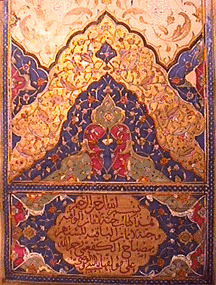Illuminations by Sybil Archibald, 22k gold leaf and handmade paints on animal skin parchment
Over at Abbey of the Arts, Christine is holding a poetry party. She writes:
I invite you this week to write a poem about your own invitation to enter the refiner’s fire – in alchemy lead is transformed into gold through heat and this becomes a metaphor for the human soul. What is the lead within you ready to be transformed into something treasured?
I am not normally a poet but this topic is near and dear to my heart, so I was inspired. Over the years, I've made a deep study of early alchemists and their influence on medieval art techniques. The process of manuscript illumination is deeply sacred and transformative. My early embrace of these techniques allowed me to see that making art, regardless of medium, is a spiritual practice. Though I use many different mediums now, within me the spiritual crack opened by illumination continues to expand with Light.For more on the technique and meaning of illumination, see my posts Finding the Sacred in Contemporary Art and Lapis & Gold.
The Artist Illuminated
Parchment
I trace the lines of God
on this dead skin-a calf once, a self
prepared to be reborn.Gilding
The red clay of Adam
laying lifeless upon skin,
desiring yet empty.Deep within
I find it-Divine breath,
hot, filled with life.
Exhaling,I wake the glue which binds
body to soul,
giving form to life.
The once rough clay
is now perfected
by a blanket of gold.
With a flash the gilded clay rises up,
a wild horse running free,
as the newly golden surface
reflects living Light
back to Its
SourceMaking Paint
I crush azure blue from a stone like so many grapes
All the while
emptying
my frail body of care,
surrendering concern.
Bleeding madder root in a bubbling pot,
heating iron over a fire to red.
Finding within
this lifeless squid,
its precious gift:
warm and brown
sepia stains my palms.The Artist
Thus paint is made,
and my own skin emptied,
a self once,
prepared to be reborn.
Here in this moment I stand
an emptied vessel.
I dip my brush
and disappear.
I am the the glove
for the fiery blue Hand of the Artist
which destroys as it creates.
I have been consumed
In tender, burning flame
a shell of my former self
all ashes, all dust
which I collect and slowly
begin to grind into paint.
-Sybil Archibald



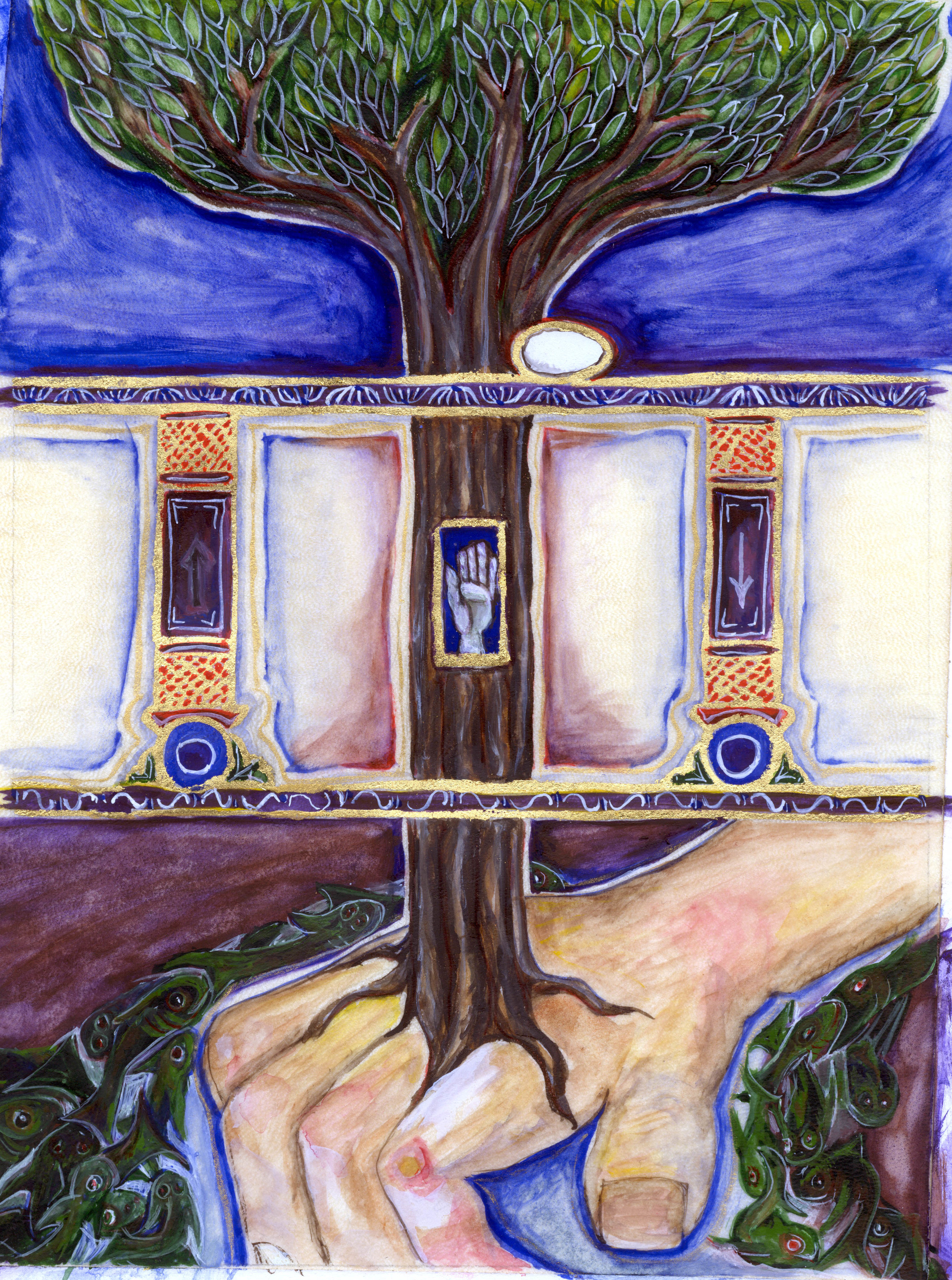
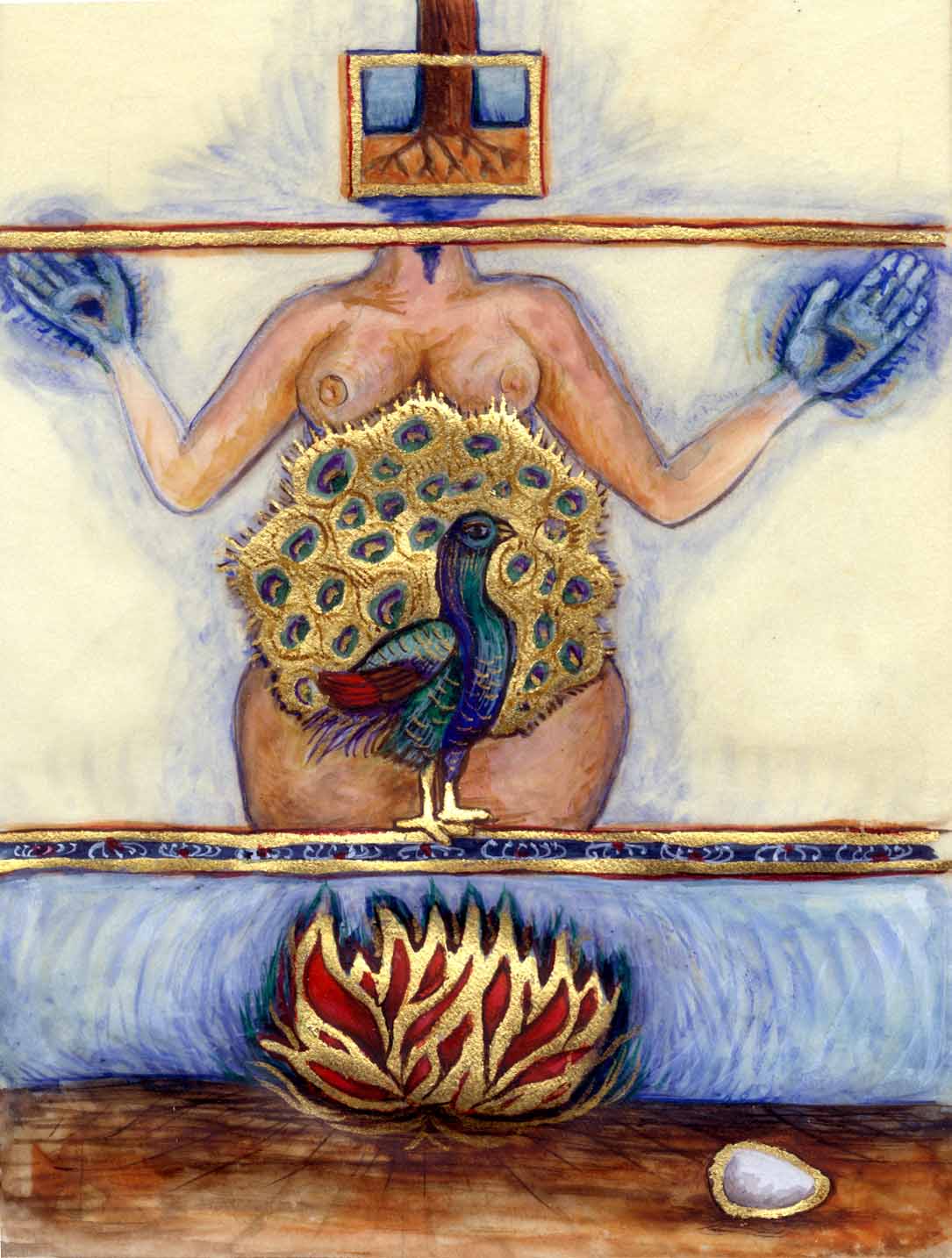

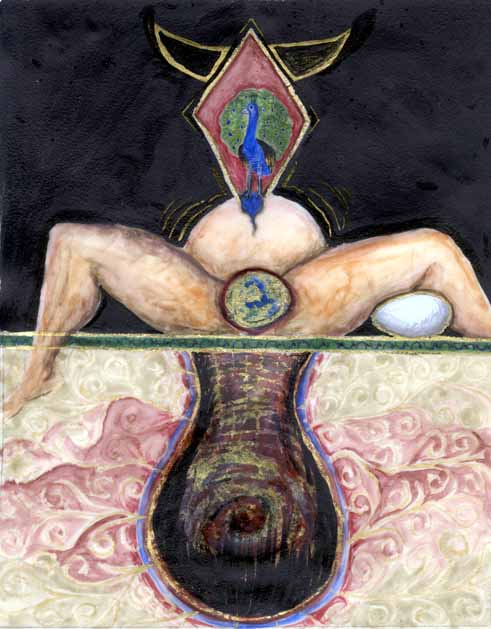
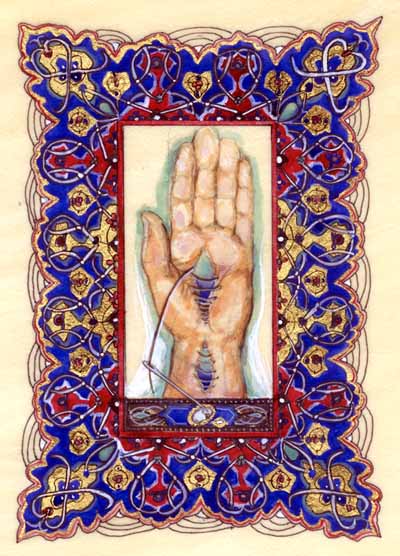
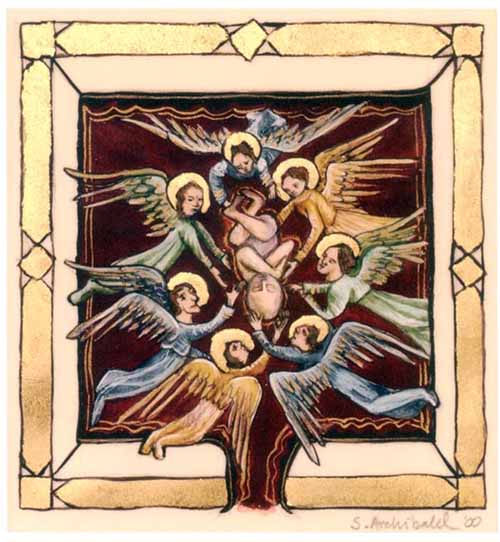
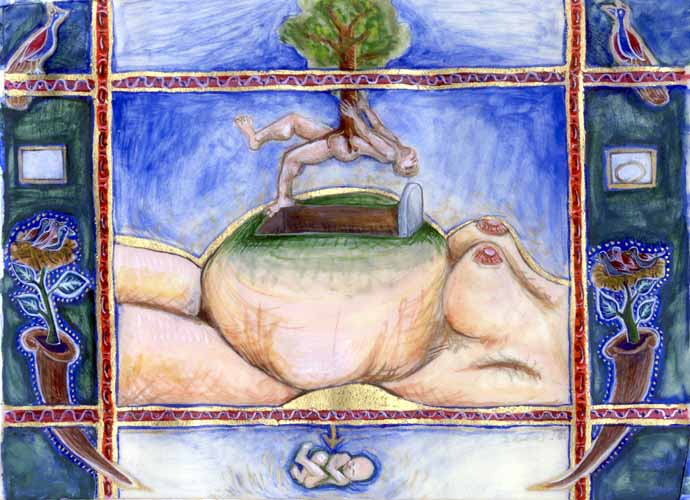


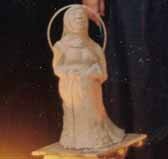
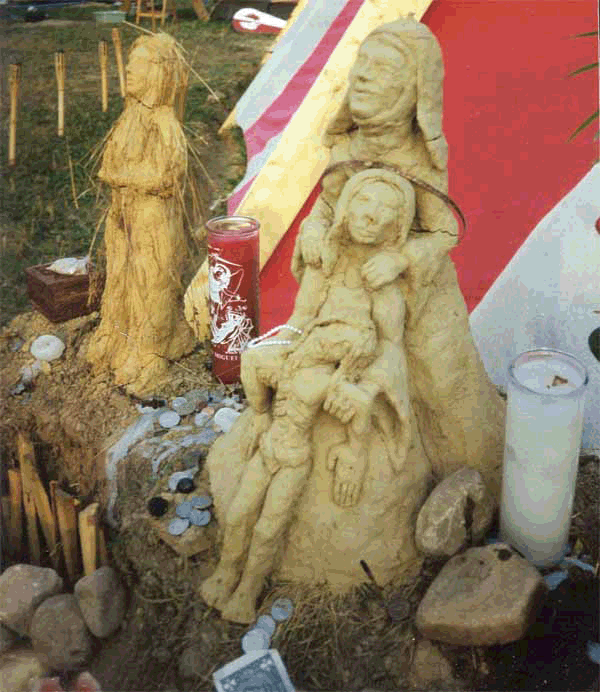
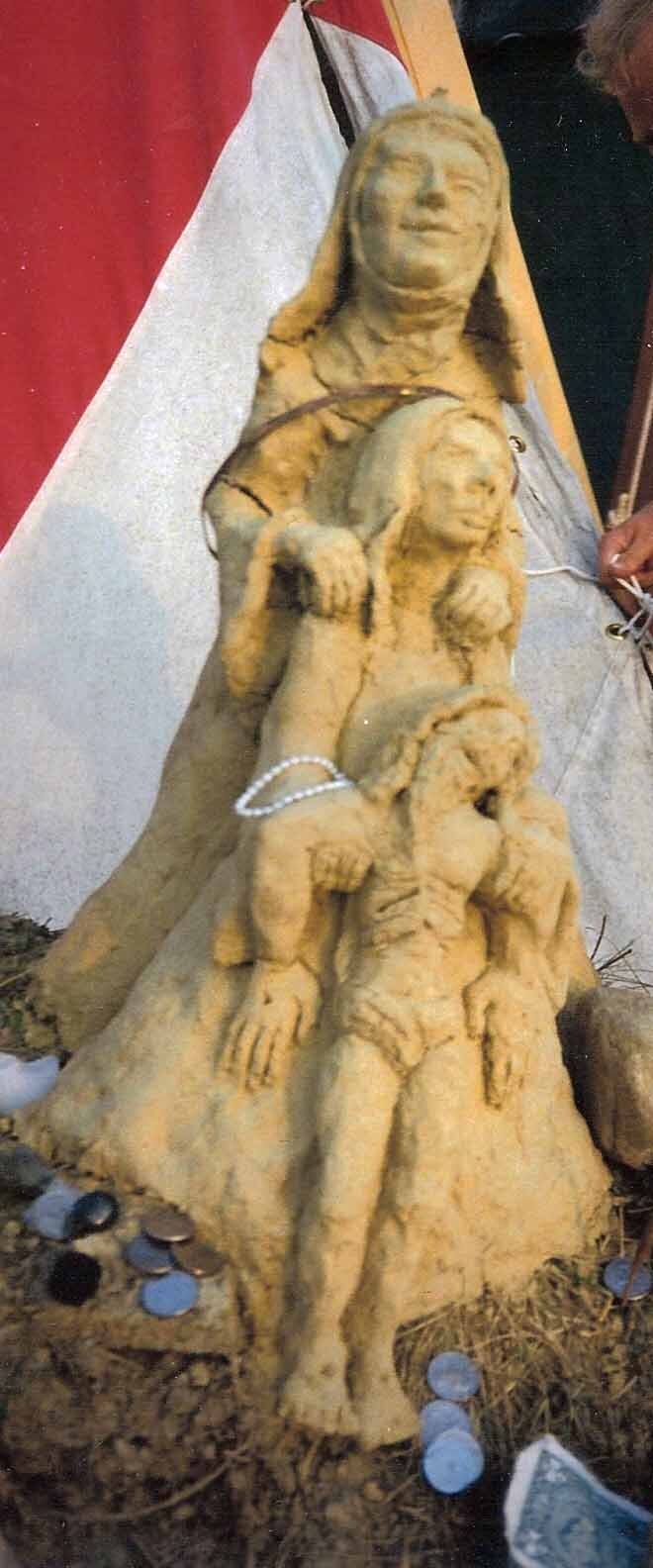
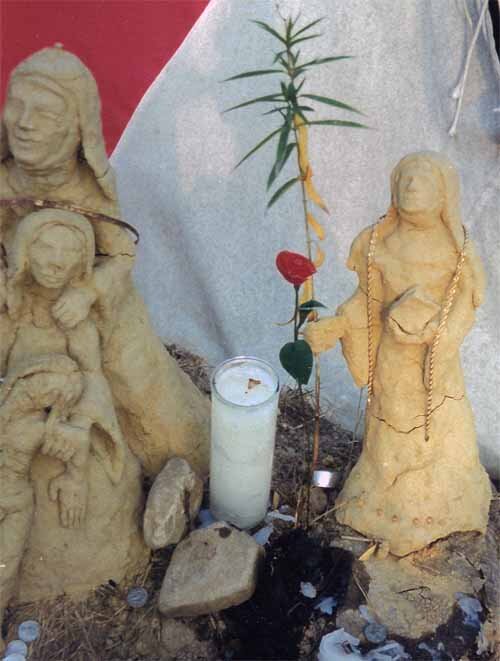
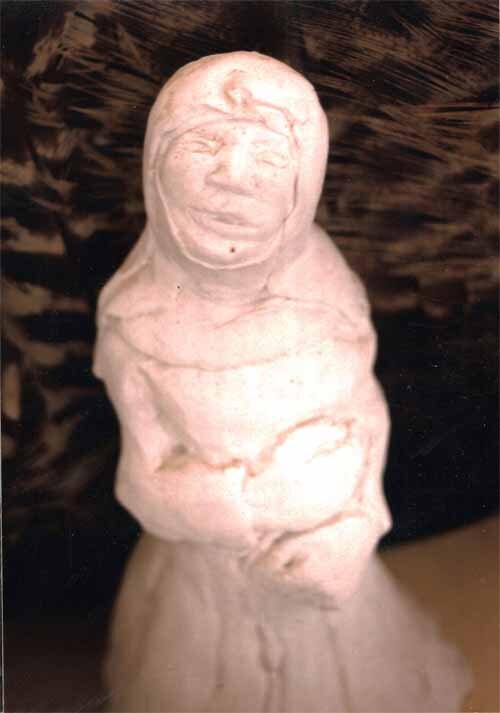
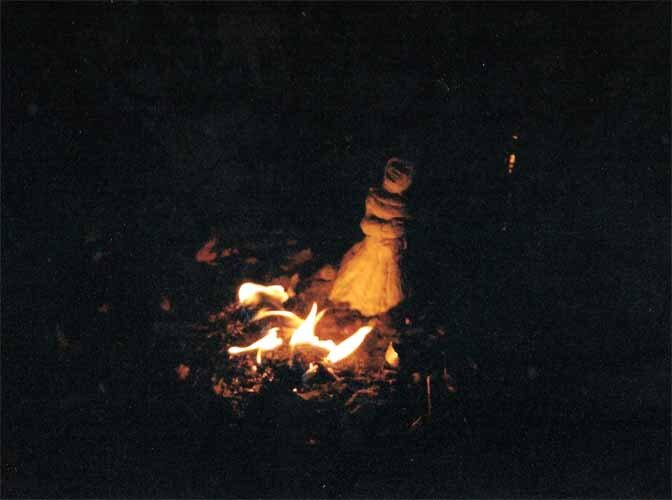

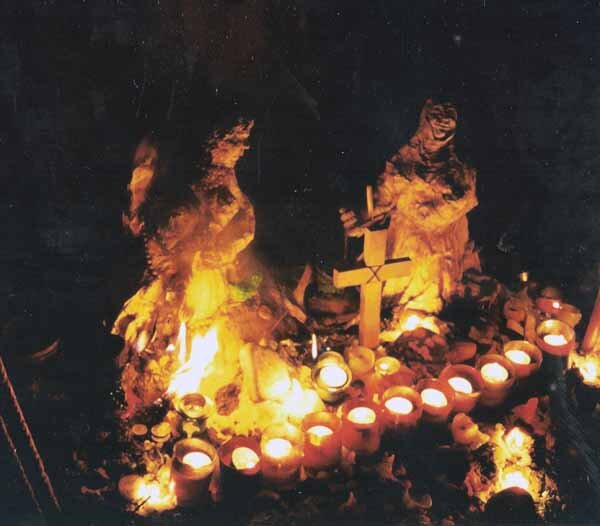
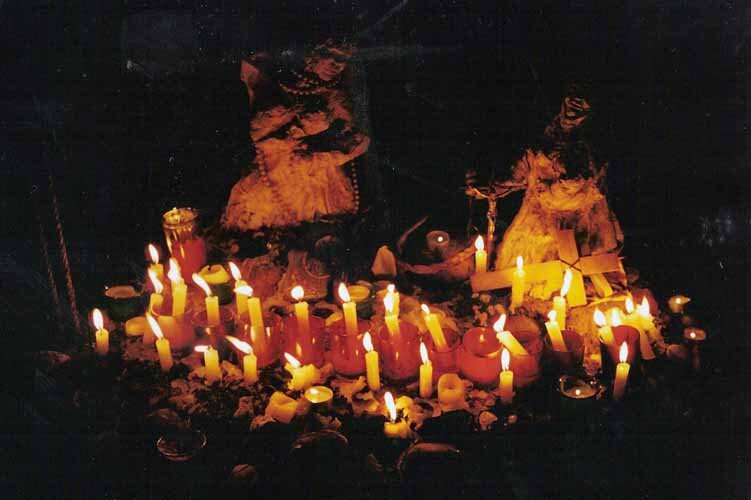
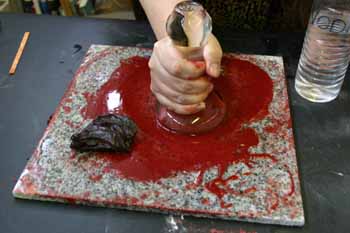






 So I started & finished
So I started & finished 